Mexico history
Pre-Hispanic period 2500 b.C - 1521 a.C
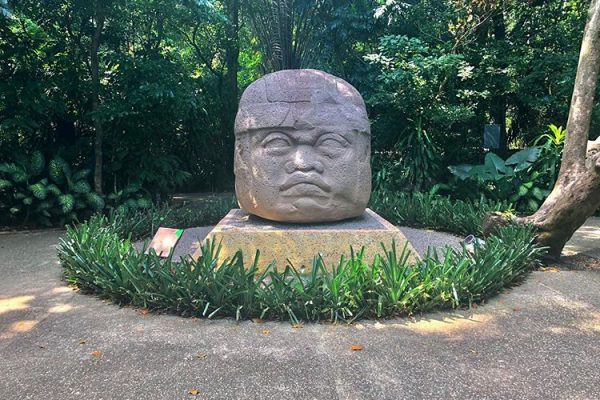
Precursor of the other pre-Columbian cultures. They existed between 1200 and 500 BC.
Located in the coastal region of the Gulf of Mexico.
They had a calendar and hieroglyphic writing.
Famous for the construction of great architectural works, such as the colossal heads that are supposed to represent great warriors of the time.
Religion was fundamental and the supreme head was the priest. Of course, it was a polytheistic religion (the cult of the jaguar was very strong).
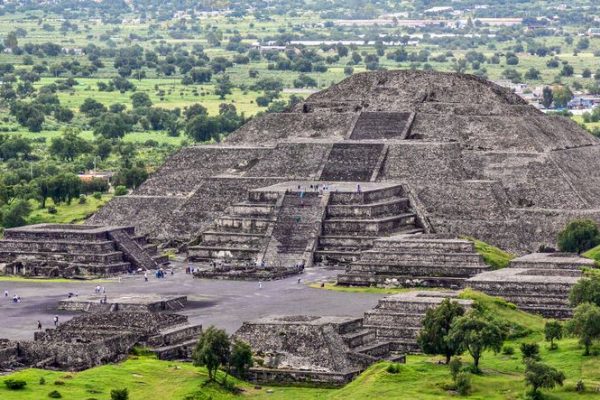
It took place between 200 and 650 AD. and its disappearance is a mystery to historians.
It was concentrated in only one area: the one that corresponds to the remains of the city of Teotihuacán.
Their religion was polytheistic, they worshiped different gods (Quetzalcóatl was the Serpent God, Huehuetéotl the Fire God, Tlaloc the God of the rain, Tezcatlipoca the God of the sky and the Earth). Sacrifices were frequent, including humans.
It was a society that subsisted especially on agriculture and commerce.
It is assumed that the city of Teotihuacán had a population of 200,000 inhabitants, an outrage in America at that time. Curiosity: its remains are today the most visited in Mexico.
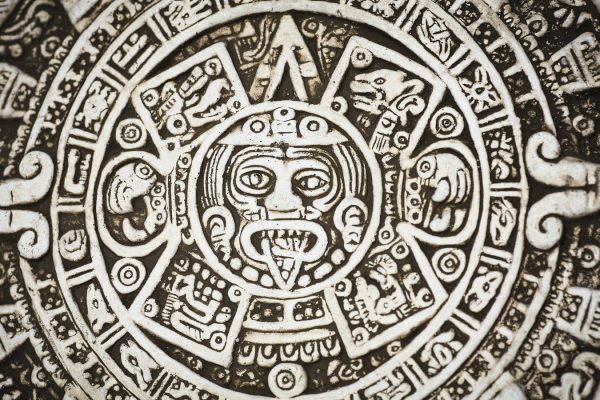
It is one of the most incredible civilizations in the entire world and has a history of almost 3,000 years.
They were a super advanced society for their time and developed writing and language, in addition they left important legacies in the architectural, astronomical and mathematical fields.
Religion was a very important aspect of everyday life. The most important Mayan Gods were Hunaj Kú (the Creator God), Itzamná (the God of the sky, night and day), Kukulkán (the God of the wind) and Chac (the God of the rain).
The Mayans never completely disappeared: today, especially in the Yucatan area, it is a strong and alive culture.
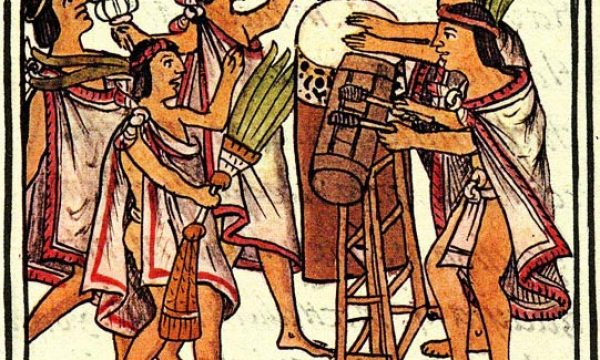
Although they are known more as “Aztecs” this term is later since they were called “Mexica”.
They lived in the center of the Valley of Mexico.
Society was divided into castes, with the military and priests being the highest castes.
Their astrological knowledge was very advanced (they knew the phases of the moon and differentiated the constellations) and in addition, they attached great importance to art (so that later history has branded them, for a long time, barbarians).
The religion was polytheistic and in this case also sacrifices were common (including humans).
Their civilization became extinct in 1521 due to diseases brought by the Spanish.
The conquest
The conquest of Mexico was an armed and social conflict, which occurred in the 16th century within the framework of the conquest of America, which began with the arrival of Hernán Cortés in Mexico. This, together with his army, achieved the subjugation of the Aztec Empire, which occupied a large part of present-day Mexico.
In this conflict 2 great civilizations faced:
The Aztec Empire: settled in Mesoamerica from 1325 until the conquest of Mexico.
The colonizers: on behalf of the Spanish Crown, in search of expanding their territory and finding raw material to market.
The conquest of Mexico took place between 1519 and 1521, when Hernán Cortés, initially sent by the governor of Cuba, explored the coasts of present-day Mexico.


Mexico's independence
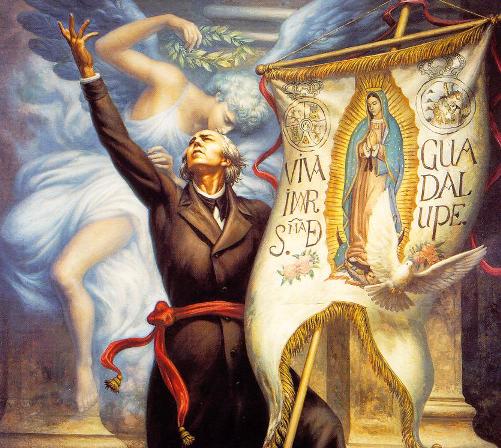
- 1800 – 1810 – The conspiracy of Querétaro to rise up against the viceroyalty is born.
- September 16, 1810 – Father Miguel Hidalgo encourages the parishioners and gives the Shout in Dolores to begin the Mexican independence struggle.
- 1811- On the well-known Calderón bridge, the Indians and peasants fall defeated and arrest Hidalgo, judge, shoot and behead him, hanging his head in the corners of the Alhóndiga de granaditas.
- 1812 – José María Morelos takes command of the independent army and makes his campaign in the south of the country.
- 1813 – José María Morelos convenes the first Independent Congress.
- 1815 – José María Morelos was defeated, taken prisoner and shot.
- 1817 – Francisco Xavier Mina, Mier y Terán, Vicente Guerrero and Torres rose up in the struggle for Independence.
- 1821 – Agustín de Iturbide promulgated the Plan of Iguala or the Three Guarantees, which proclaimed: Christianity as a single religion, equality or unification of all social groups and Mexican independence with constitutional monarchy.
- August 1821 – Juan de O’Donojú of the new Spain, then Mexico signed the Cordoba treaty that ratified the Iguala Plan.
- September 1821 – The Trigarante army makes its triumphal entry into Mexico, and Mexico is proclaimed an independent country.
The mexican revolution
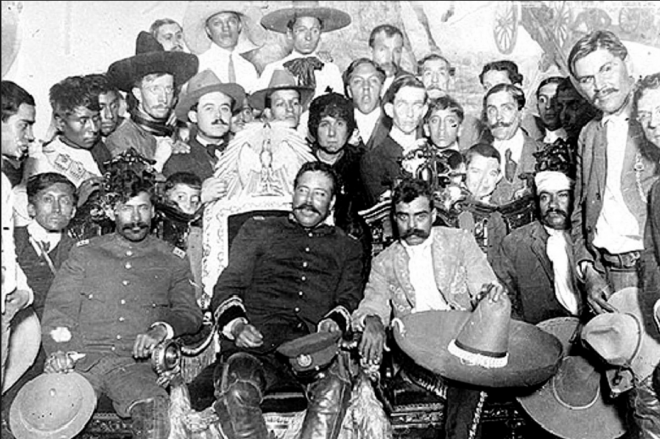

The Mexican Revolution was an armed conflict that began in 1910, as a consequence of popular discontent towards the dictatorship of Porfirio Díaz, and that would lead to a civil war that would radically transform the political and social structures of the country.
It is considered the most important historical event in the history of Mexico in the 20th century.
The revolution began with the uprising led by Francisco I. Madero, who opposed the reelection of General Porfirio Díaz to the presidency, a dictator who had ruled the country for more than thirty years.
Later other political forces would join, including two of the most emblematic leaders of the revolutionary movement: Pancho Villa, in the north, and Emiliano Zapata, in the south.
Among the demands of the revolution were a genuine democratic system of government, greater social rights, a just agrarian reform for the peasants, and freedom and equality for the people.
Its official start date is considered to be November 20, 1910, the day on which Francisco I. Madero called to take up arms against the dictatorship.
History of the Mexican national anthem

Throughout its history, our country had several national anthems that, for one reason or another, ended up in oblivion. The first of which there is a record, for example, was composed by José Torrescano in 1821, once the Independence was consummated, in honor of Agustín de Iturbide. The following year, the hymn was replaced by a composition by José María Garmendía that also praised the figure of Iturbide, now Emperor of Mexico. Obviously, when the monarchical regime came to an end and was replaced by a republican government, this anthem was scrapped.
The Mexican National Anthem with music by Jaime Nunó and lyrics by Francisco González Bocanegra, was performed for the first time in public on September 15, 1854 at the Santa Anna Theater (later the National Theater of Mexico), which was demolished in 1901 to expand the current Avenida 5 de Mayo. The orchestral direction was carried out by the Italian composer and double bass player Giovanni Bottesini (1821-1889), who at the time was in Mexico and had also participated in the contest and the soloists were the soprano Claudina Fiorentini and the tenor Lorenzo Salvi. However, this interpretation was not considered official, since President López de Santa Anna was not present at the event. The following day, September 16, the official premiere of the National Anthem was conducted by Jaime Nunó and the soloists were the soprano Balbina Steffenone and, once again, the tenor Lorenzo Salvi.
